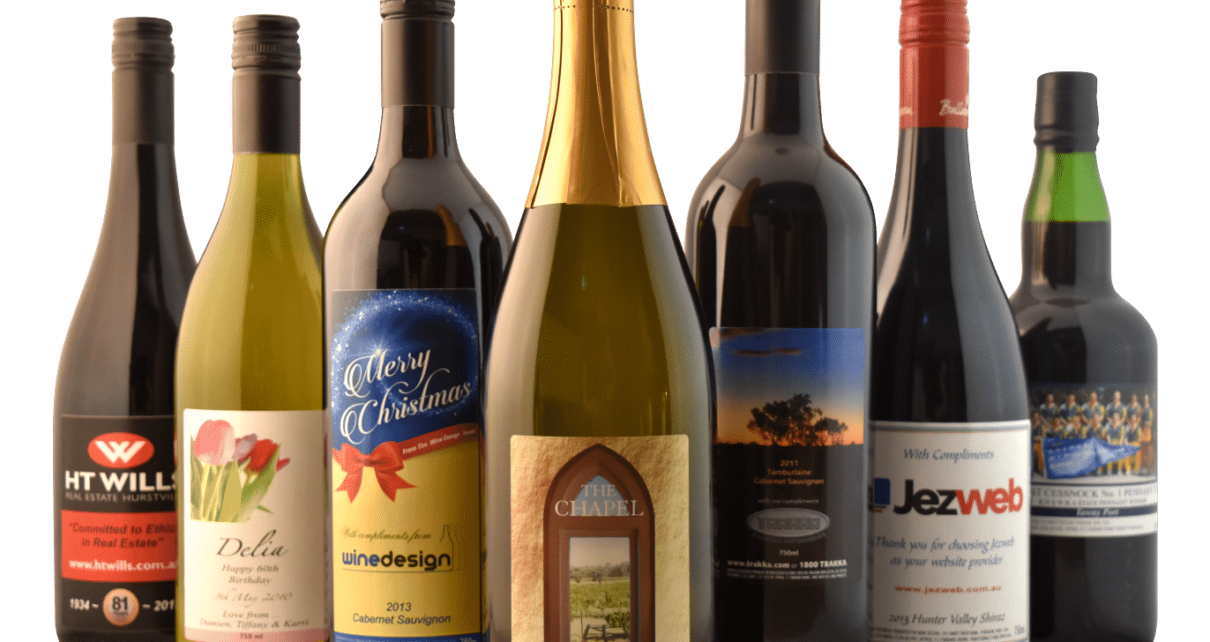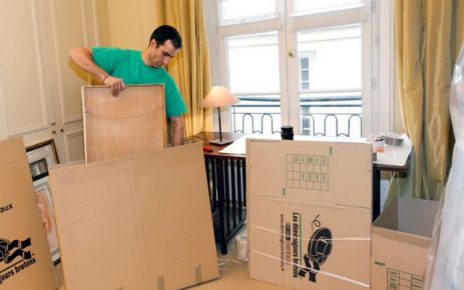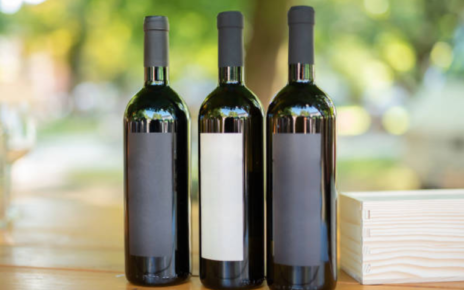There are hardly any more telling examples of the selling power of packaging design (or label in this case) than the example of wine labels. In this article, you are going to see some interesting examples of well-designed wine labels, great wine packaging solutions, as well as tips on how to meet the needs of your customers by choosing the aesthetic design of the. appropriate wine label.
At least once in your life you have had to face the reality of buying a bottle of wine, finding yourself among hundreds of possibilities, amidst various labels, bottles and prices – stunned and confused.
Even limiting yourself to a specific budget doesn’t help, because the choice is still far too wide.
It is therefore not surprising to know that the choice of the buyer is determined by the label and the design of the packaging of a bottle of wine.
This article helps you target the right audience with the right wine labels. Here you will find important information about:
- the main functions of wine labels
- the popular styles of wine labels
- special finishing options for wine labels
- packaging solutions corresponding to wine labels
Let’s start with the industry figures.
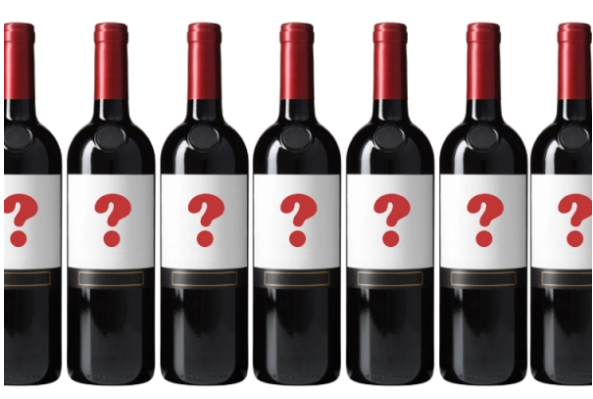
Although harsh weather conditions affected the industry a few years ago , it is once again enjoying global prosperity. Global wine production was estimated at around 282 million hectoliters in 2018.
Therefore, given these optimistic forecasts, setting up your own wine shop or vineyard might just be the business idea to come to fruition.
Before we see some great wine label examples, let’s quickly go over the things to consider when designing your own label.
What are the main functions of wine labels?
The expression “to judge a book by its cover ” applies perfectly to bottles of wine. The choice of a wine is often determined by the appearance of the bottle.
Which brings us to the first function of label design.
The first element that defines the image of a wine brand is its packaging. In most cases, this is the bottle itself (however, in the latter part of this article you will see the benefits of packaging the bottle in a branded box). Wine bottles aren’t the most inventive packaging solution. Most are regular 750 mL bottles.
However, there are exceptions. The Blood of Grapes wine bottle is heart-shaped, made with an “anatomical” sense of detail. It’s an extremely eye-catching design and often cited as the ultimate benchmark when it comes to original wine bottles.
Blood of Grapes is a unique example, however. The most wineries choose bottles for more regular shape to avoid the outer packaging and logistical problems.
Due to the ordinary and common shape of the wine bottle, it is the labels that capture the customer’s attention.
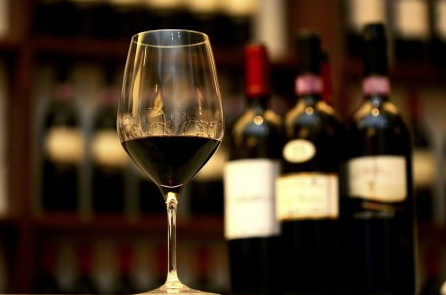
Regarding its design, a label should indicate whether the wine is intended for young people who appreciate fresh and original tastes or for lovers of traditional products with a long history.
These words are illustrated by research. The wine.net website conducted research on wine labels and consumer behavior, the results indicate:
“ Regardless of the actual price of a wine, bottles with certain characteristics, such as embossed labels, gold leaf, high-end graphics or fancy typefaces, can tend to look more expensive. . And for someone who needs to quickly pick out a bottle of wine for a last minute dinner party or to give as a gift, the idea of picking a bottle that looks elegant and expensive is alluring . ”
The second important characteristic of a wine label is the general description.
However, not everyone judges the book by its cover. Some customers have a more in-depth knowledge of wines.
Such a customer wants to find all the essential information about the wine – its alcohol content, its grape variety, etc. What is also related to the “subliminal message” – is this product top quality? Can I enjoy it during dinner or is it a dessert wine? Can I give it as a gift or should I find a higher quality bottle?
The general question that arises is the following: how to please this category of consumers?
The answer lies in the description on the label.
When it comes to descriptions, many labels are written in great detail. Besides the basic information, they often describe the history of the production process, the carefully selected grape varieties and the floral scents.
And there is a perfect explanation for it .
“ The level of information developed raised higher expectations before tasting the wines, and resulted in higher appreciation rates, as well as more intense and less negative emotions. “
The description should be of interest to the customer – it’s the equivalent of great text on a website. This is where the brand’s promise is reinforced (after the initial point of contact through the design of the label and packaging).
Even when studying the description of the palette of wine tastes, one should not forget that the design of a wine label is always paramount.
Wine packaging – a must for a refined bottle
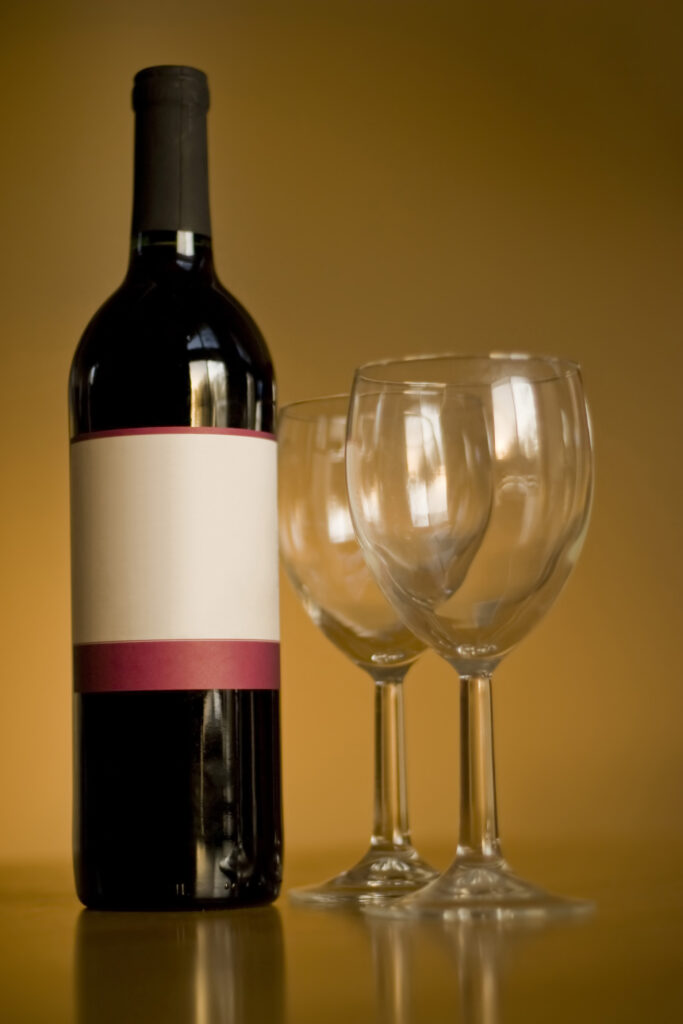
While the cheapest wines are often sold in supermarkets, cramped on store shelves, the real experience lies in a particular type of wine packaging.
Previously, wine bottle packaging consisted mainly of wooden boxes, filled with wood wool to give an even more upscale character.
However, faced with the vast problem of waste and wood reduction, many wine producers are turning to cardboard packaging. Choosing the right packaging supplier helps you choose durable and stylish packaging.
Yes, cardboard is indeed one of the most ecological packaging .
Cardboard wine boxes can be made in two textures: glossy white and kraft (no lamination).
A box is the first element of a memorable unboxing experience. Many brands use external packaging to fully showcase the artistic potential of the label. The design of the Ukiyo Rose brand reflects this idea: its label, reminiscent of a splash in soft pink colors, is beautifully deployed on the box.
Wine packaging can also carry your winery logo. If you sell many different brands from all over the world, you should obviously consider other alternatives to get your brand.
See bottle packaging as your greatest asset. We often buy bottles of wine to give as gifts. And while some customers will choose colorful gift bags from the supermarket, others will prefer a stylish, eco-friendly brown paper bag.
If you like the idea of such a bag, you can create one by clicking on the button below (then choose size B63 at the bottom of the page).
DESIGN YOUR PAPER BAG
By combining a personalized wine box with a paper bag with your branding on it, you create a much richer experience for your customer. And if you need large packing boxes to ship multiple bottles, click here.
Final Notes
Wine production is affected by many variables, but even the best product won’t sell with an ordinary, boring wine label.
In this article, you have been able to see some great examples of wine label designs, from contemporary to minimalist to vintage and abstract. As a wine producer, you can take all of these tips into account.


